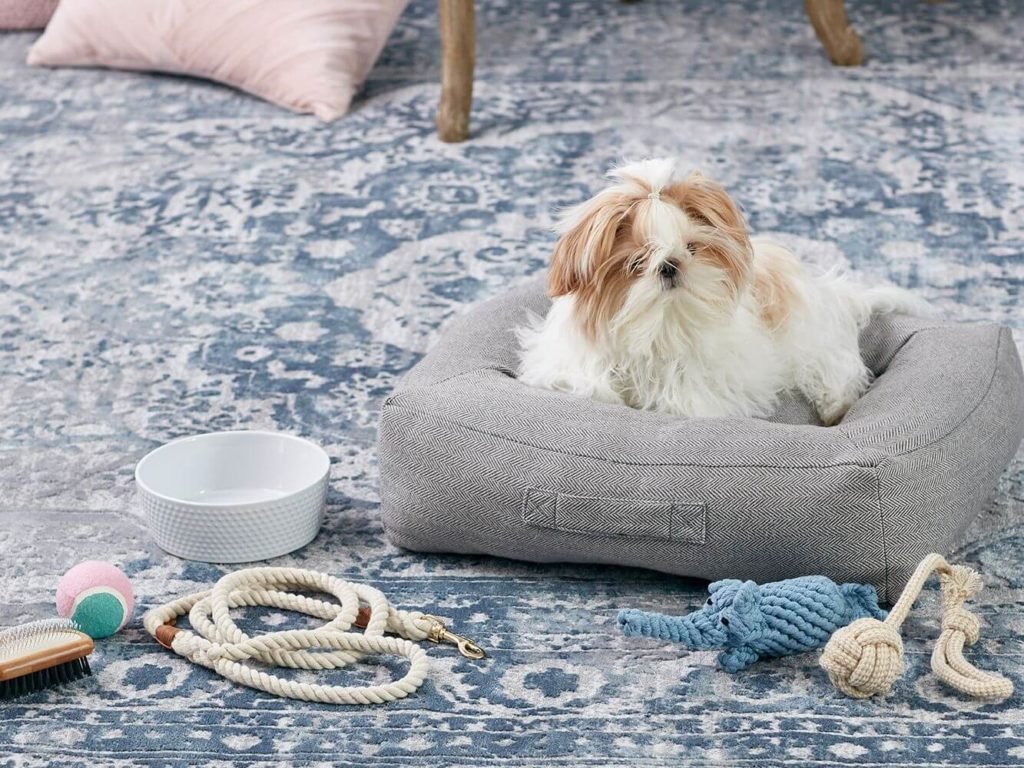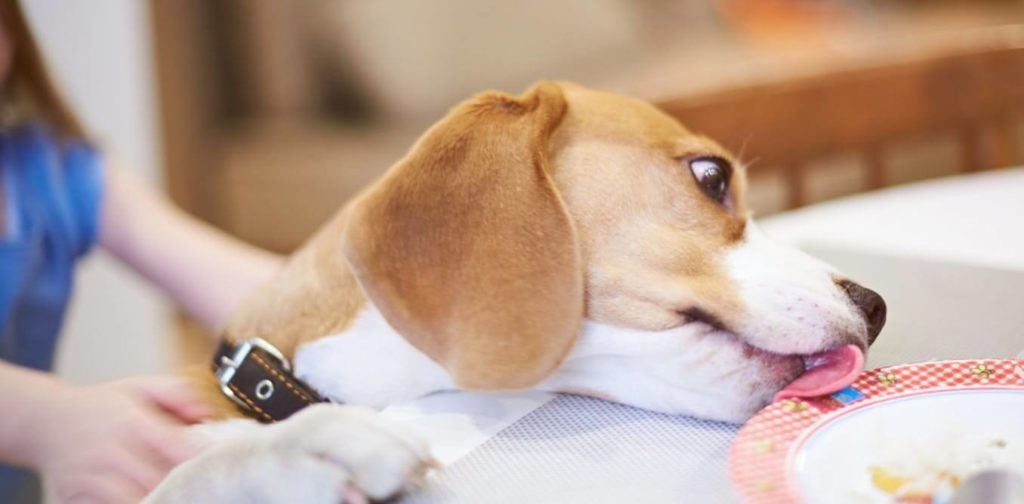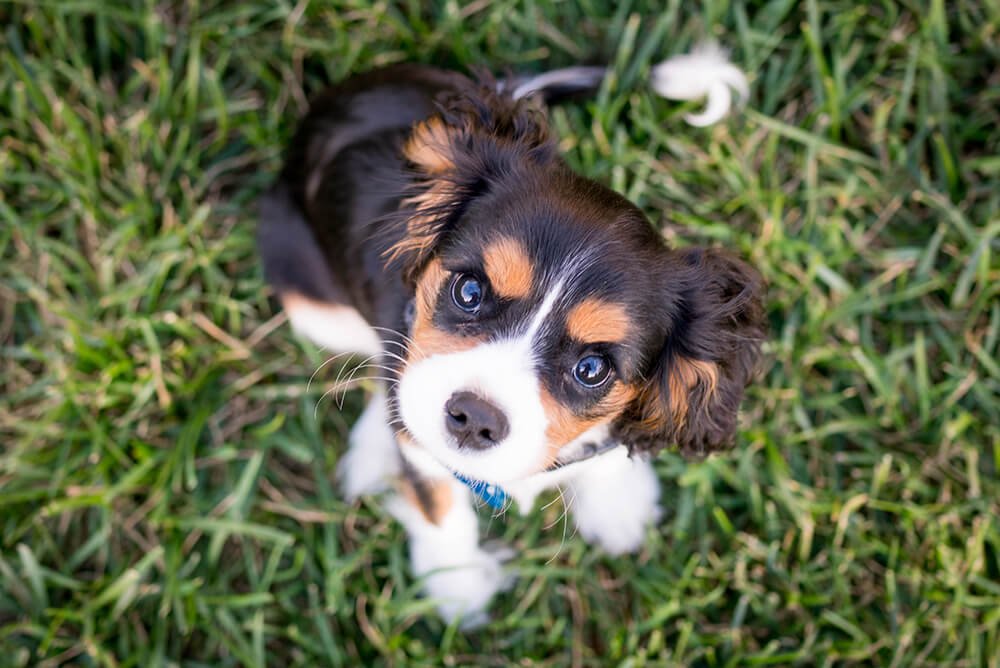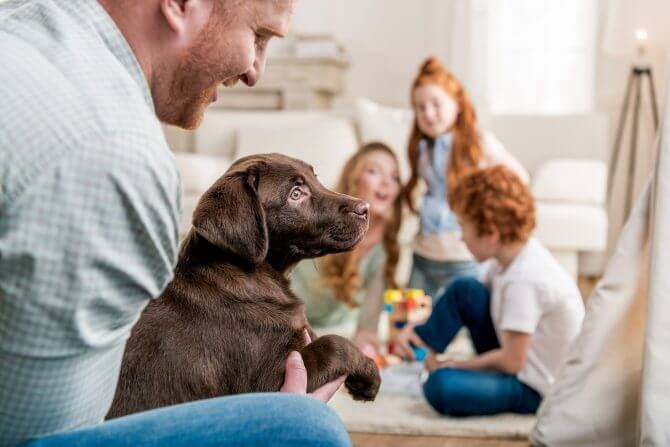Bringing home a new dog sounds fun, but surviving the first 24 hours with new new dog is not easy.
However, the fun is accompanied by responsibilities. There are a lot of things to plan and consider before welcoming the new dog to its forever home. In fact, it’s no secret that committing to a new puppy or dog is a big decision and responsibility. And like any parent, you might also wonder if you are “getting it done right.”
Fret not!! show out to all the worries and confusion, for Monkoodog is here to help you make the first moments of your new fur-baby as stress-free as possible. Both for you as well as your new family member. Read on to know “Everything to know about Surviving the first 24 hours with New Dog”.
#1 Help them to Settle In to Survive the first 24 hours with New Dog.

Picture Source: thesprucepets – Kevin Norris
The first thing to progress with is ensuring that your dog has everything they need to make the new place feel like a forever home. Therefore, stocking up on basic necessities in advance is absolutely important. The requirements include:
- Food
- A collar and leash
- Food and Water Bowls
- A crate
- Poop bags and Puppy pads.
- Treats for training
- Baby gates (for the area you want to block off)
- A bed
- Toys
Preparing beforehand is always rewarding. Remember the last thing you’ll want to do is leave your dog alone, in a new environment and run to the nearest pet store when the fur-ball is just settling in.
Moving on, establishing a well-planned schedule comes in handy for surviving the new change with your furry companion in the most comfortable way possible.
#2 Plan 2-3 days off work | Surviving With Your New Dog
To begin with, caring for the new furry addition requires a lot of time and energy. Additionally, since the fur-ball has moved to a completely foreign environment, restlessness and discomfort can be expected of them.
Therefore, staying home for the first two or three days after it arrives, is highly recommended. This will help your new pooch get used to your presence, help you earn your pup’s trust, and strengthen your bond. If taking time off isn’t possible, perhaps you can set aside a few days to work from home.
#3 Let Them Explore (Under Supervision) and Simple Boundaries.

Picture Credit: The Conversation
Once your pooch starts to settle in, it will either take into displaying bouts of energy bursts, disquieter sitting in a corner or resolve on something in between. In any case, it’s time for some familiarisation.
When you are indoors, let your puppy explore its new home. Allow them to walk on all the different floor surfaces, sniff around, and take everything in. Praise them and treat them when they feel comfortable. Remember to supervise – don’t leave alone and out of your sight.
What’s more, the first few hours of your new dog’s housetraining can also be used as a prime opportunity to teach your furry friend some basic house rules. Looking forward to stopping your fur-baby from chewing on the furniture?
Keep a close eye on your naughty puppy. If it chews on furniture or does something you don’t like, redirect its attention. This is the best time to introduce an exciting new dog chew toy and offer lots of praise for chewing on a bone instead of household things.
#4 Keep it low key
When you first bring your new furry friend home, it’s tempting to invite all your friends to visit them right away. However, it is best to avoid the same and keep the first few days low-key. Your puppy is still getting to know you and adjusting to its new environment.
At this time, its whole life is turned upside down and it is trying to understand what is happening. Making things as calm, easy, and safe as possible is the best way to help them set in.
#5 Get On with the Potty Training right away

Picture Credit: Dr. Philips Animal Hospital
After getting home, the first thing you want to do is introduce the new member of your family to their potty area. Whether it’s a specific section of grass in front, the backyard in your enclosure or you plan to use an indoor wee pad, potty training should begin immediately after your pet’s arrival.
For new puppies, set an alarm to go “potty” every couple of hours. Even if you have adopted an older pooch, who is already trained, chances are there are still some accidents to happen as they adapt to their new surroundings.
The sooner you can establish a routine, the faster your pooch will adapt. Remember to praise your pet for doing their business right.
#6 Turn on the Play Button
Here’s the fun part. Spend a lot of time playing with your new furry companion, and be rewarded with a feasible settling in; because believe us, “A tired dog = a good and happy dog!!”
So just get high on playing. Shake and throw its toys and let it run after them. Not only will your pup have fun and bond with you, but the playtime also means they won’t get into trouble anywhere else! Another plus, isn’t it?
Remember, playing with them helps to burn off all that puppy energy.
#7 Acquaint them to the pet-friendly zone.
After the first few hours, you may need to work yourself around the house or take a break from the 24-hour monitoring that a new dog needs. This is where a crate, gate, or playpen comes in handy.
You will want to take the time to introduce your dog to any pet-friendly areas that you have prepared for them. Prepare the pet zones with dog beds, blankets, toys, and any other comfy additions to make them feel at home.
Besides that, now is also a great time to pet-proof any other areas of the house that they take interest in such as your closet, etc.
#8 Family interactions and adaptation.

After the new dog is home for a few hours, introduce it to your whole family. Have all its new family members assemble and indulge in some quality play-time to initiate a positive association.
Additionally, helping the new dog adapt to the schedule of your home is quite necessary. Therefore working in the same direction is important.
If you are feeding your dog in the kitchen, serve them food at the place where they will now be regularly dining in.
If you are taking your dog for a walk around the neighborhood or letting them burn off some energy in your new backyard, ensure they are constantly supervised. Ensure safeguarding your new fur-baby from dangers resulting due to their curiosity and excitement.
#9 Sleeping arrangement
Well, get ready for some sleepless nights; just like a new baby, a puppy will keep you from sleeping much those first few nights. Even an older dog can feel scared or uncertain in their new environment (so don’t be overly concerned about whining or crying in the wee hours of the night).
Additionally, your new companions may also need a few potty breaks throughout the night. To provide a comfortable setting, you can place the dog’s crate in your (family members) bedroom.
This will dispense reassurance, physical closeness, and fast access to the outdoors when needed. Make sure the crate is comfortable and supplied with bedding, a blanket, or even a soft plush toy.
To conclude, irrespective of your new dog’s age, with simple planning and execution, the first 24 hours with your new four-legged family member can feel like a breezy walk. Incorporate these steps to help them feel at home — while establishing some boundaries and house rules.

